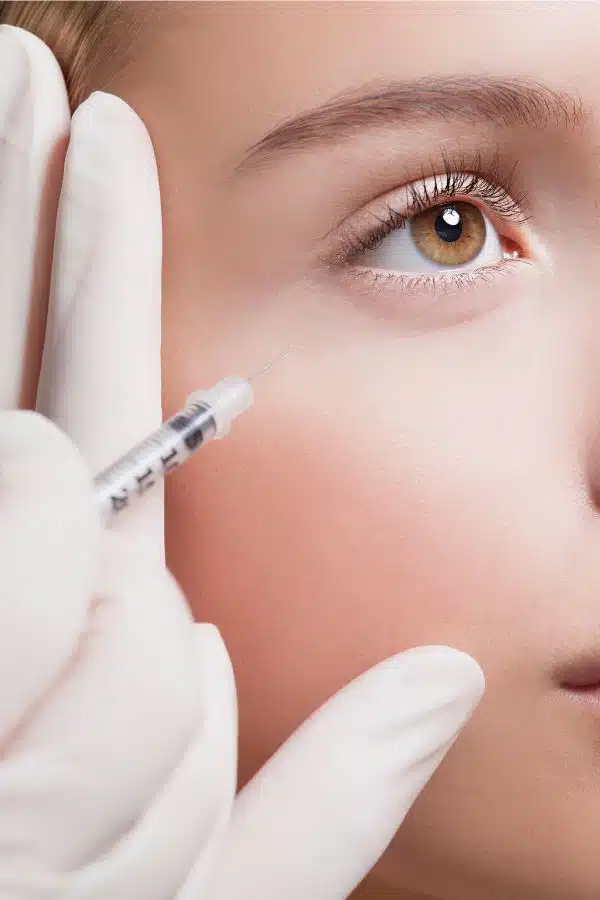Eyelid Twitching: Blepharospasm and Hemifacial Spasm Treatments

Berkeley Eye Center provides patients with safe and effective treatments for patients suffering from conditions that cause severe, involuntary eyelid twitching, such as blepharospasms or hemifacial spasms.
Blinking is a normal reflexive action that protects and lubricates our eyes. Eyelid spasms or “twitching” cause an abnormally rapid involuntary blinking of the eyelid that can interfere with the ability to see and perform daily activities. Many people experience occasional temporary eye twitches; they can be brought about by dry eyes, stress, fatigue, excess caffeine intake, eye strain and other triggers. In most cases, the twitching resolves on its own.
However, excessive eyelid spasms can be indicative of other, more serious problems.
Blepharospasm
Blepharospasm is a medical condition that occurs when a person loses control of their normal blink reflex. Frequent blinking, eye closure and squeezing of the muscles around the eyes are common symptoms of blepharospasms. In severe cases, involuntary eyelid closure can result in a person being unable to see and perform normal daily functions.
Blepharospasms can affect one or both eyes and although no definitive cause is usually found, it can be related to dry eyes and may possibly be related to an abnormality in a part of the brain called the basal ganglion.
Hemifacial Spasms
The symptoms of hemifacial spasms are similar to those of blepharospasm. Like blepharospasm, diagnosis is based on an observation of movements made by the face and eyelids. The main differences: hemifacial spasms only affect on side of the face (hence the name hemifacial) and the twitching is not limited to the areas around the eye – it can include the muscles of the cheeks, mouth or neck.
Hemifacial spasms can be caused by an artery pressing on and irritating the facial nerve. An MRI or MRA may be needed to confirm the etiology.
Botox and Other Treatment Options for Eyelid Twitching
For temporary, minor eyelid twitches, eating a healthy diet with limited caffeine intake, getting plenty of sleep, avoiding stress and lubricating the eye with artificial tear drops is usually sufficient treatment.
While there are currently no permanent cures for conditions like blepharospasms or hemifacial spasms, they can be successfully managed and the symptoms reduced. Neuromodulator (Botox, Xeomin) injections are the most commonly recommended treatment for blepharospasms. The neuromodulator is injected in very small quantities into the muscles around the eyes and/or face to stop the spasms. While the effects last for 3-4 months, this treatment is very successful and has few side effects.
Turn Off the Eyelid Twitching with help from Berkeley Eye Center
Berkeley Eye Center Oculofacial Plastic Surgeon has extensive experience restoring the eyelid and areas surrounding the eyes to their original appearance and function. Her skills and knowledge can help patients control the symptoms of blepharospasms or hemifacial spasms. If you are experiencing any of the symptoms of blepharospasms or hemifacial spasms, we urge you to schedule an appointment. Berkeley Eye Center has been a trusted name in vision care for over 60 years. With more than 20 locations in the Greater Houston are alone, there’s a Berkeley Eye Center near you.
